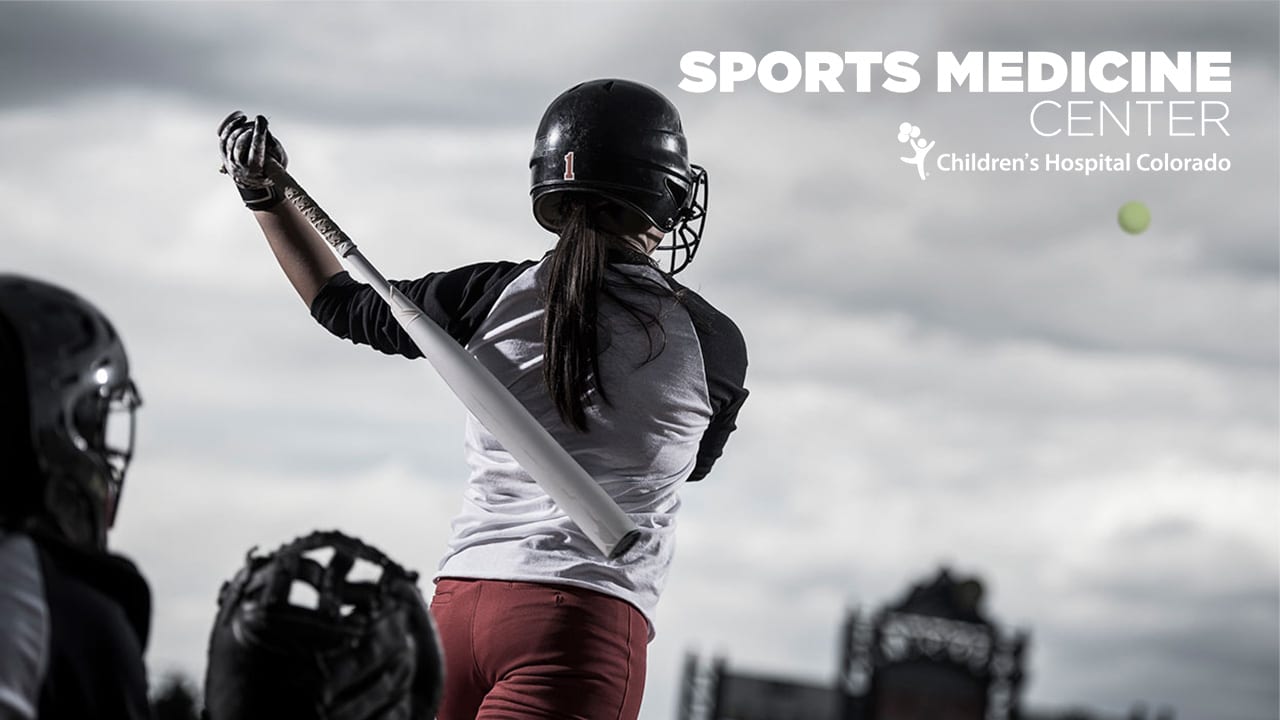You've probably seen stories about sport specialization in the news with professional athletes advocating against it. Ask Drew Brees and Tony Gonzalez how they feel. Ask any Division I college coach how they feel.
They'll all say the same thing: PLAY AS MANY SPORTS AS YOU CAN.
However, if your child decides they want to specialize in one sport, there are ways to decrease the risk of injury and burnout. Below, Aaron J. Provance, MD explains how overuse can lead to injuries and what steps you can take to prevent those injuries.
During the spring seasons of my middle school years, I remember attending track practice, club wrestling practice and baseball practice all in one night. This schedule eventually became too much to handle for a young athlete, so I decided to stop playing baseball.
This common scenario impacts many young athletes today and can result in the athlete choosing to specialize in one sport. Youth sports specialization has changed significantly in the last few decades. We have seen a significant shift from young athletes playing multiple sports to choosing to specialize in one sport earlier and earlier in their career.
Overuse can lead to injuries
Many athletes play on school teams and club teams for the same sports during the same season. This increases their playing time, but it can unfortunately also increase their risk for overuse injuries. A study from the National Federation of State High School Associations revealed that high school athletes that specialize in a single sport are 70% more likely to suffer an injury during their season than those that participate in multiple sports.
This is especially true for athletes on travel teams because these teams travel for long weekends and participate in multiple games throughout the day on back-to-back days. This amount of play time can increase the intensity of stress on the same muscles, bones, tendons or growth plates. The fatigue combined with this stress of repetitive training can potentially do more harm than good on your body.
The most common sports in which I see early sports specialization are gymnastics, soccer, hockey, swimming and dance. Not surprisingly, we very commonly treat overuse injuries for these sports in our Sports Medicine Center clinics.
Is your young athlete ready to specialize in one sport?
Many young athletes dream about turning their sport into their career. The early talent identification and specialization initiation of the professional selection processes have pushed athletes to specialize earlier and earlier. Though most young athletes will not make it to the pros or the Olympic medals ceremony, athletes and/or their parents continue to strive and push towards these lofty goals.
Younger athletes should be encouraged to participate in a variety of sports to develop different skills and avoid maximum stress to the same areas of the body. Not to mention, multiple sports also allow the athlete to develop socially within different groups of people.
The American Academy of Pediatrics recommends the following guidelines on sports specialization:
- Children should be encouraged to participate in sports at a level consistent with their abilities and interests
- Pushing children beyond these limits is discouraged as is specialization in a single sport before age 12
- Young athletes should be coached by those who are knowledgeable about proper training techniques, equipment and the unique physical and emotional characteristics of young competitors
- Physicians and coaches should strive for early recognition and prevention of overuse injuries
- Young athletes should never be encouraged to ”work through” overuse injuries or significant pain
- Treatment for overuse injuries that includes only “rest” are unlikely to be followed by the committed young athlete and are unlikely to adequately address the risk of further injury
- Monitor for signs and symptoms of over training, including decline in performance, weight loss, decreased appetite and sleep disturbances
Tips for preventing overuse injuries:
- Make sure to use proper equipment and ensure proper fitting
- Have coaches maintain proper playing surfaces
- Encourage downtime from training, rest and engage in other activities with friends away from their sport examples: hiking, skiing, swimming or biking
- Ensure adequate adult supervision at games and practices
- Encourage young athletes to properly prepare and condition prior to their season
- Strive to improve flexibility and core strength throughout their athletic career
- See a healthcare professional for injuries or joint pain immediately
- Limit weekly and yearly participation time, limits on sport specific movements and scheduled rest periods are recommended
- To reduce the likelihood of burnout, emphasis should be placed on skill development more than competition
Written by: Aaron J. Provance, MD, Co-Director, Pediatric Sports Medicine Center, Children’s Hospital Colorado, Orthopedics Institute.

Is your child thinking of specializing in one sport? Children’s Hospital Colorado is a partner and supports the STOP Sports Injuries Campaign.
For more information on prevention of overuse injuries visit STOP Sports Injuries.
